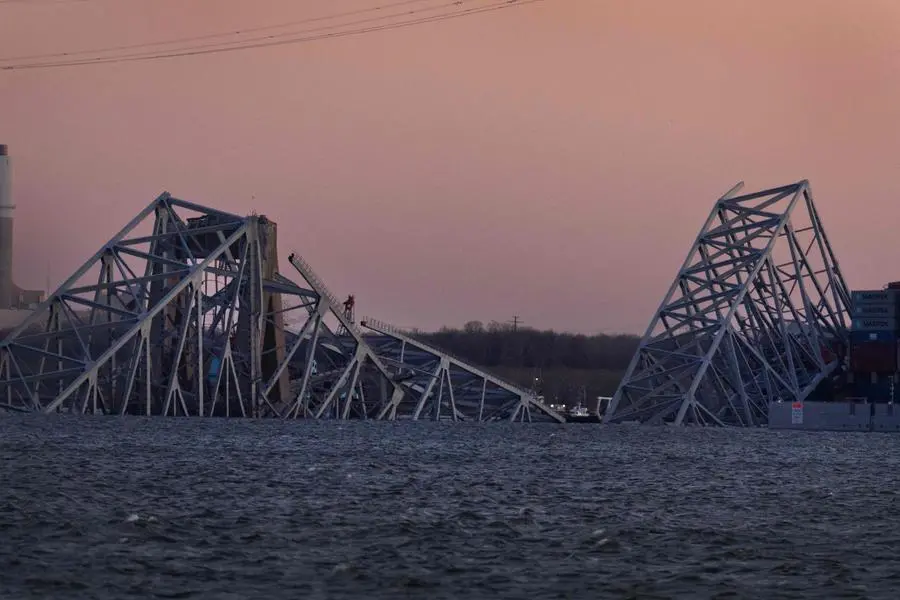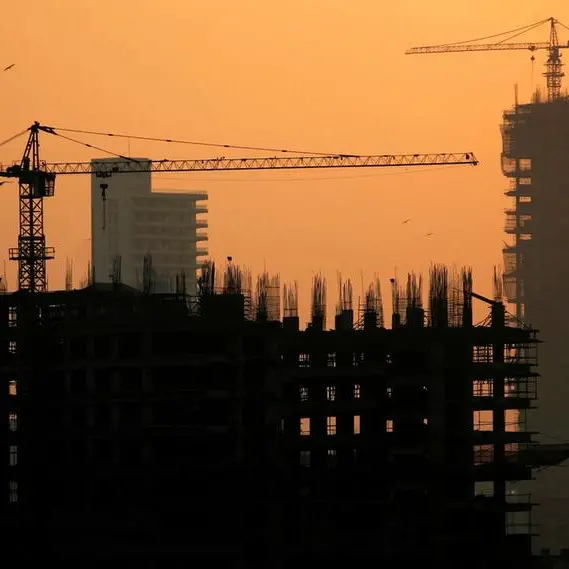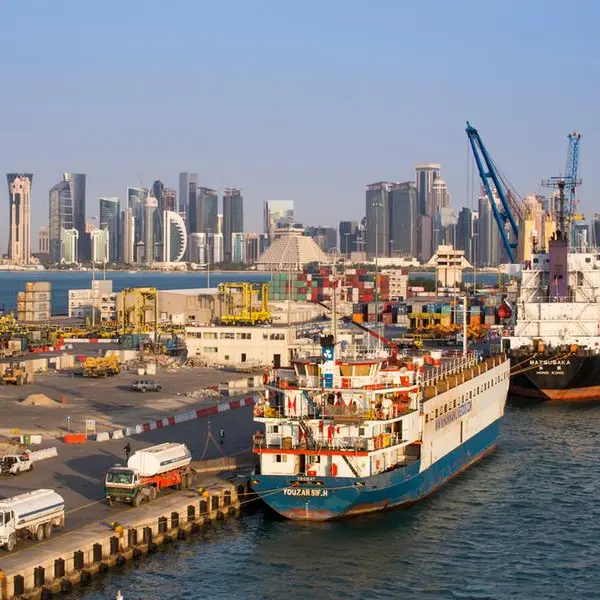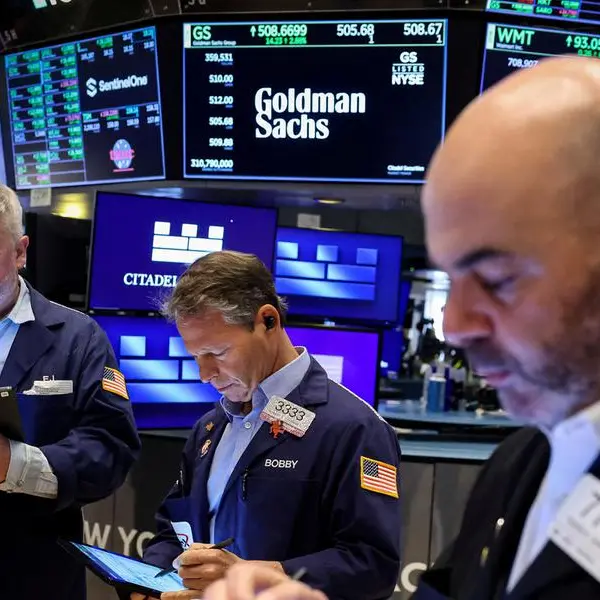PHOTO
Three heavy lift floating cranes arrived in Baltimore harbor on Friday to begin what Maryland's governor described as a "remarkably complex operation" to clear crumpled girders from a collapsed bridge taken down by an errant container ship.
"To see it up close, you realize just how daunting a task this is," Maryland Governor Wes Moore told a news conference after touring the disaster scene in a boat.
Migrant groups meantime honored the six Latino construction workers who lost their lives when the Dali container ship struck the Francis Scott Key Bridge long before dawn Tuesday, toppling it with stunning speed. The six were part of a pothole repair team.
"I am here to say that we immigrants are essential," said Erika Aleman, a construction worker from Honduras who lives in Baltimore.
Vessel traffic through the busy Port of Baltimore has been suspended indefinitely, causing disruptions to trade spanning the globe, and Moore warned that recovery would be lengthy.
"We cannot rebuild the bridge until we have cleared the wreckage," Moore said. "This is going to be a long road."
The complexity of the recovery dismayed those involved.
"We have to figure out the right plan to be able to break that bridge up into the right-sized pieces that we can lift," US Coast Guard Rear Admiral Shannon Gilreath said.
Twisted bridge trusses weighing thousands of tons still entrap the damaged container ship.
The Chesapeake, a 1,000-ton lift capacity derrick barge, and two smaller crane barges arrived in Baltimore harbor, the Navy said, and a fourth crane barge will arrive next week.
The work of clearing tons of steel debris from the deep waters of the Patapsco River is made more delicate by the fact that the bodies of four workers have yet to be recovered.
The four missing workers are believed to have been killed when the Singapore-flagged, 1,000-foot (300-meter) Dali lost power and careened into a bridge support column.
- Removing debris -
The federal administration has approved $60 million in emergency funding for the cleanup and recovery operation, while the cost of building a new bridge could ultimately hit $1 billion.
The operation will likely take place in three phases: trusses from the bridge removed to allow one-way traffic into and out of the port; bridge segments on the ship lifted so the ship can be moved; and then steel and concrete debris from the river bed cleared.
The project will likely take months, though one analyst told the US Naval Institute that the channel could be reopened for limited traffic in as little as one month.
The Army Corps of Engineers, which is leading the effort, said it has activated an emergency plan to deploy more than 1,100 engineering, construction, contracting and operations specialists.
- Shipping diverted -
The accident had a rapid impact on cargo shipping -- and on the jobs of an estimated 8,000 people employed directly at the major port -- with auto, coal and sugar shippers immediately affected.
Cruise lines were also hit. Royal Caribbean, one of four cruise lines to use the Baltimore terminal, said it had rerouted a returning liner, the Vision of the Seas, to Norfolk, Virginia.
Abe Eshkenazi, CEO of the Association for Supply Chain Management, told CNN that the country's supply chains were more resilient today thanks to work done after the Covid-19 pandemic caused huge shipping delays.





















